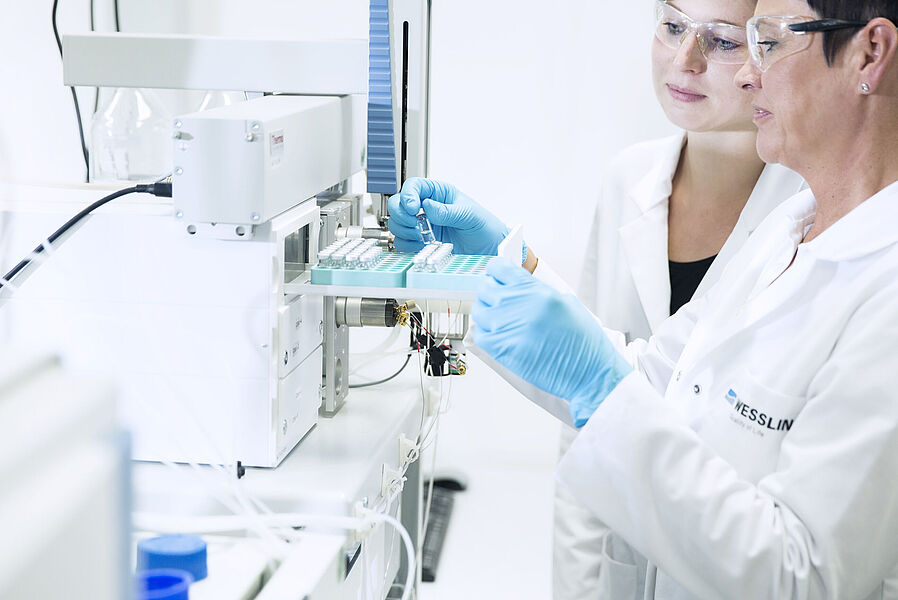Assessment of contaminants in foods: New version of the European Contaminants Regulation in force
Keyword food safety: an important update for all food manufacturers came into force on 25 May 2023 with the recast Contaminants Regulation (EU) 2023/915.

The Contaminants Regulation regulates exactly how many residues and what maximum quantities may be contained in a food product. With the new version, the previous Regulation (EC) No. 1881/2006, in force since 2006, was repealed. Many amending regulations made it necessary that the previous regulation had to be more clearly structured. What consequences does this have for food producers?
The most important changes of the Contaminants Regulation for you:
- Article 1 now contains definitions that clearly refer to the basic Regulation (EC) No. 178/2002.
- The food categories used are now more clearly based on the food categories listed in Annex I to Regulation (EC) No. 396/2005 (Maximum Pesticide Levels Regulation).
- The number of footnotes was significantly reduced from 75 to 15 by adding a column in Annex I for comments on maximum levels.
- According to Article 4, there is now a ban on detoxification if maximum levels are exceeded. This applies to all regulated food products.
- The maximum levels for aflatoxins now also apply to processed foods if they consist of at least 80% of the product concerned (e.g., hazelnut paste made from hazelnuts).

With our laboratory analyses, we provide you with multi- or individual methods for raw materials or products.
Regulation (EU) 2023/915 regulates a wide range of contaminants in food. Our analytical portfolio covers the following contaminants:
- Mycotoxins, with aflatoxins, ochratoxin A, deoxynivalenol (DON), zearalenone (ZEA), fumonisins, T-2 and HT-2 toxin, patulin, citrinin, and ergot alkaloids. (LC-MS/MS)
- Plant toxins, such as erucic acid (GC-FID), and soon also tropane alkaloids (LC-MS/MS)
- Lead, cadmium, mercury, arsenic, and tin (ICP-MS)
- Process contaminants, such as 3-MCPD, glycidyl-FSE (GC-MS/MS)
- Dioxins and PCB (GC-HRMS)
- Other contaminants, such as perchlorate (LC-MS/MS)
We can offer our accredited* QuEChERS-based multi-method using LC-MS/MS for the determination of mycotoxins in various food matrices. In an extended analysis portfolio, we also offer you the future-oriented analysis of alternative toxins.
Consulting and expert opinions for your food safety – from our WESSLING experts, all from a single source
We are happy to assist you with our analytical and technical expertise. In addition to analysis, consulting and expert opinions complete our service portfolio:
- Comprehensive consulting on the current legal framework of the Contaminants Regulation
- Customised consulting on your specific problem: selection of the appropriate analysis or advice on the solution of the specific problem
- Plausibility check of the analysed results depending on the respective food matrices
- Preparation of test reports and cross-check reports
- Legal assessment of the analysis results according to the status
*Testing laboratory accredited by DAkkS according to DIN EN ISO/IEC 17025:2018. The accreditation is only valid for the scope of accreditation listed in the annex [D-PL-14162-01-00].
Your contact person for our food experts
- Christina Witt
- +49 2505 89-633
- food@wessling.de

„We are at your disposal for any of your questions. Please do not hesitate to contact us if you have any further questions concerning the new Contaminants Regulation or about our analytical and consulting services.“



